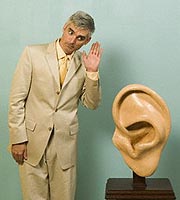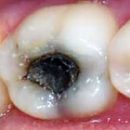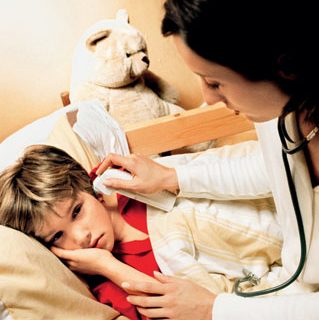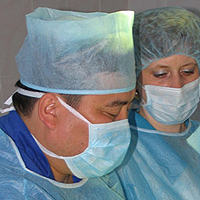Pretty rarely found pathology of the outdoor ear. With microery sink a small sink, deformed and shifted usually forward and down. Treatment of microyology Along with cosmetic correction includes the correction of any hearing disorders.
Content
The concept of microytia
Microery is quite rarely found patology ear. In the microeetail, the ear is changed to a greater extent - the ear shell may be absent or have a small size and be deformed, and even just consist of several skin folds. It is often shifted, usually forward and down. Such significant anomalies are always combined with the atresia of the outer auditory passage.
It is important to remember that the outer, the average and internal ear differ in localization and the timing of the embryonic laying. Therefore, their anomalies can be quite different, and in the absence of ear shells and an outdoor auditory passage of the change in the structure of the middle ear often find themselves, and the inner ear is normal. On the other hand, in children against the background of congenital anomalies of the middle and inner ear, the outdoor ear can be little changed or normally. Anomalies can be single or bilateral and combined with other congenital anomalies. Anomalies can be hereditary due to viruses or toxic influence of drugs in the early stages of pregnancy. However, often the reason for the anomaly remains unknown.
Main manifestations of microytia
 Based on the external manifestations, four types of microery are distinguished:
Based on the external manifestations, four types of microery are distinguished:
- Type I - Ear shell of reduced sizes with small structural changes, but all of its parts are present, the outer hearing canal is normal
- Type II - Rudimentary deformed Own sink, reminiscent of the shape of a hook or S-shaped
- Type III Outdoor Ear represents the residue of soft tissues without preserving normal auricle structures
- Type IV - complete absence of outdoor ear - anatics
The pronounced variability of the vice is explained by different mechanisms for occurrence. With the syndrome of the first gill arc (occur in intrauterine development), there is only anterior part of the auricle, while the rear 2/3 is saved, although they can be deformed and reduced in size. The defeat is usually one-sided, more often on the right. Frequently detected Pre-Ouricular Papillomas. At the same time, one-sided underdevelopment of the lower and upper jaws, soft fabrics of the face, hypoplasia of the facial muscles, is observed.
With the anomalies of the 1st and 2nd gill arcs, the main signs are the same as indicated above. However, in all cases, the ear sink and the outer hearing pass are practically absent. Only rudiments of a lobe or a skin-cartilage roller can remain. Pre-Ouricular Growth and Fistulas are found. Almost all patients are determined by a decrease in hearing even with an unchanged rumor canal. The deafness is due to the pathology of the average, and in some cases of the inner ear.
Prenatal diagnosis in some cases is possible using the methods of ultrasound diagnostics of vice in late pregnancy.
Treatment of microytia
Treatment of anomalies of ear shells includes, along with cosmetic correction, diagnosis and correction of any hearing impairment. If the defeat is bilateral, and the inner ear is normal, the conductive hearing loss of up to 60 dB develops. Reconstructive interventions on the outer hearing aisle and middle ear - a difficult task, not always solved successfully, and the long-term consequences of operational recovery of hearing are often disappointing. The formed hearing pass is often shifted and even closes, therefore, hearing aids transmitting sound through the bone. They are fixed in pair or titanium screw - directly on the temporal bone.
Surgical correction of a cosmetic defect usually hold no earlier achievement of school age. Reconstruction is possible using the rib cartilage and skin grafts or the installation of an ear prosthesis, which can also be fixed on the head using titanium screws.









